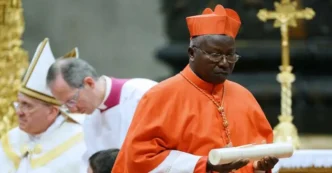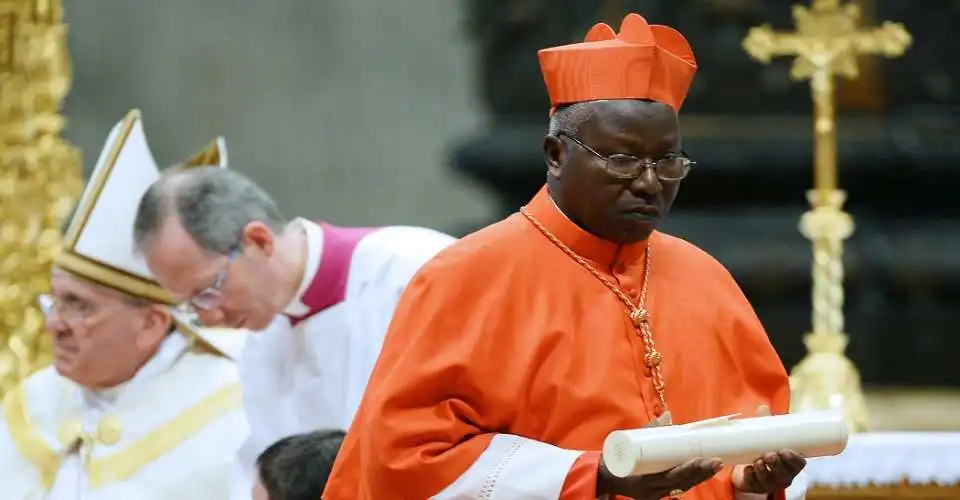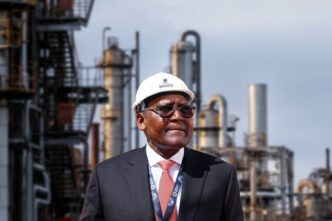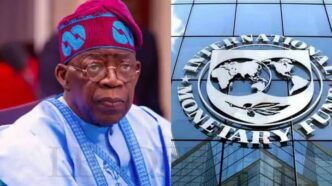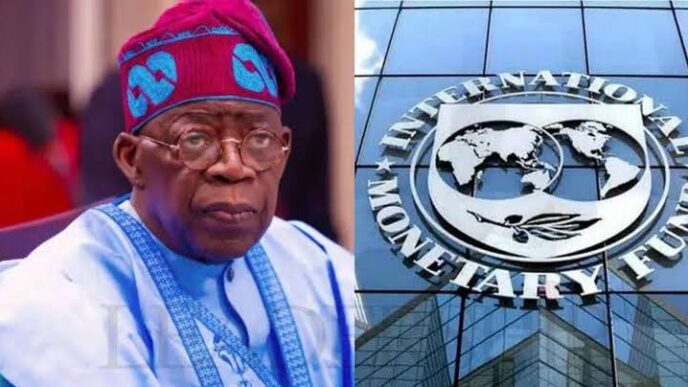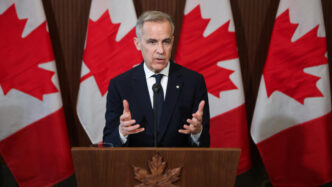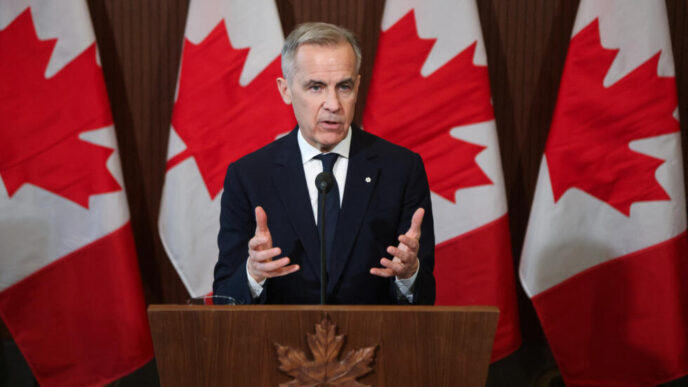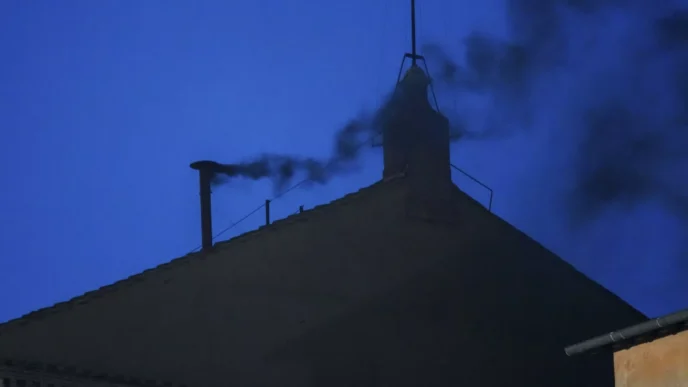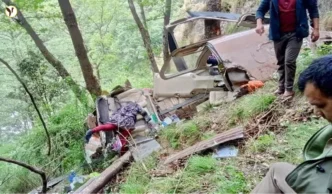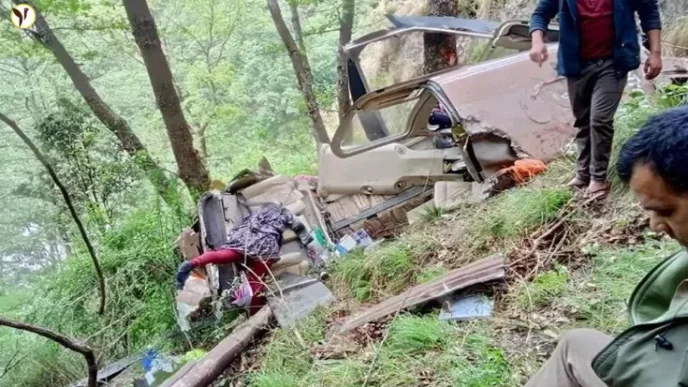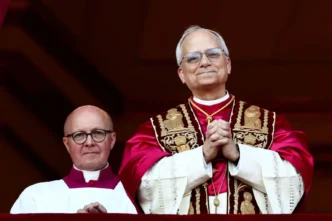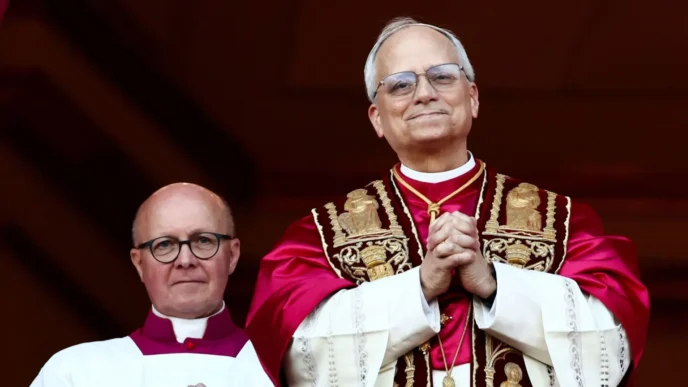A wave of controversy has emerged in the Catholic Church following concerns about the true age of Cardinal Philippe Ouédraogo of Burkina Faso.
The uncertainty surrounding his birthdate has placed his eligibility to vote in the upcoming papal conclave under serious scrutiny.
According to church law, only cardinals under the age of 80 are permitted to vote in a conclave.
Cardinal Ouédraogo’s eligibility has been called into question due to conflicting records of his birth year.
While one document records his birthdate as January 24, 1945 which would make him 80 another lists it as December 31, 1945, placing him at 79.
If he participates in the papal election and is later found to be over the age limit, it could render the entire election invalid.
Therefore, this issue is not one to be taken lightly, especially within a tradition-bound institution such as the Catholic Church.
Furthermore, Cardinal Ouédraogo is widely seen as a conservative voice within the church.
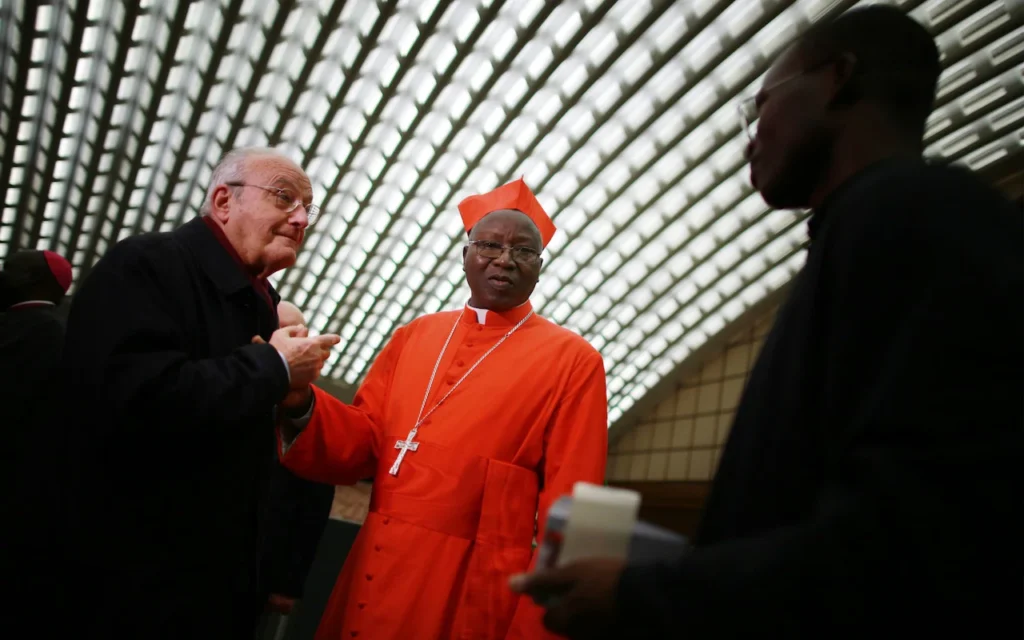
His presence in the conclave would likely be a boost to traditionalists, especially those aiming to challenge some of Pope Francis’ more progressive policies, such as the blessing of same-sex couples.
The conflicting information was found in official Vatican documents.
While the 2023 Vatican yearbook listed his date of birth as January 24, 1945, a more recent directory reportedly changed it to December 31, 1945.
The change has triggered a wave of responses both within and outside the religious community.
An Italian newspaper poked fun at the matter, joking that the cardinal had “found the secret to stopping time.”
Another headline mockingly described it as “The strange case of the cardinal who has become a year younger so that he can enter the conclave.”
Meanwhile, Cardinal Ouédraogo himself addressed the controversy with calm and honesty.
“In my village, there were neither hospitals nor schools. I was born at home and was not given a birthdate,” he explained.
His statement highlights a common issue in rural parts of Africa, where official birth records are often unavailable.
This situation, while unique, brings attention to the need for clearer documentation within church leadership to avoid similar confusion in the future.
